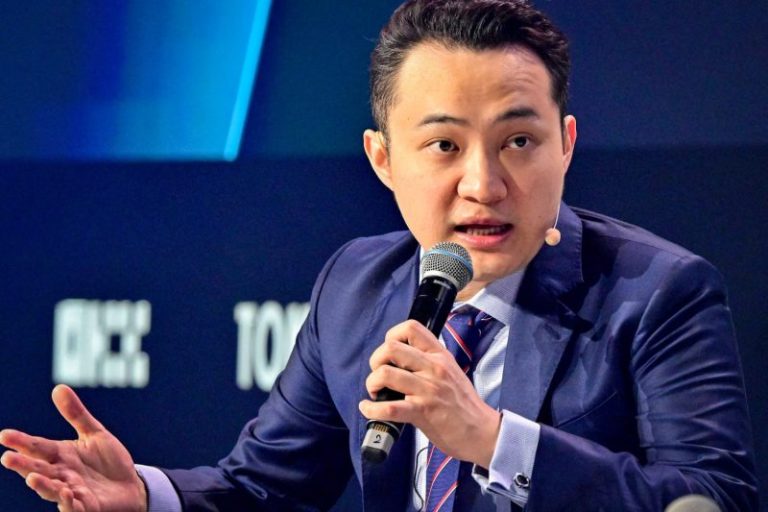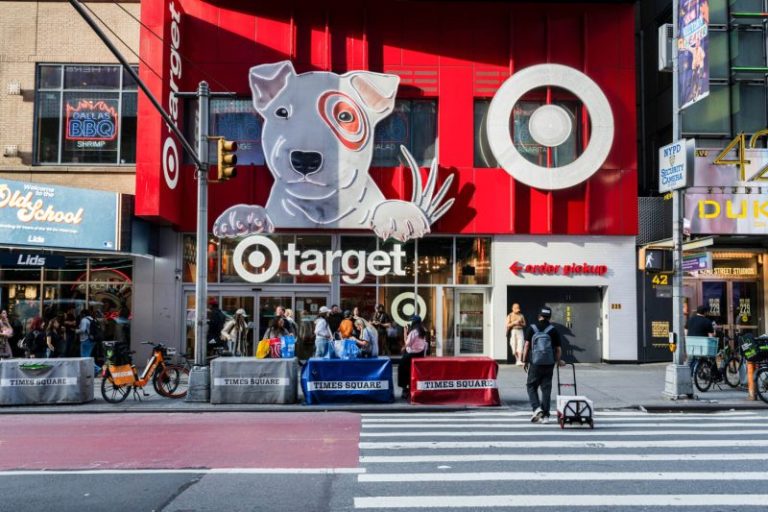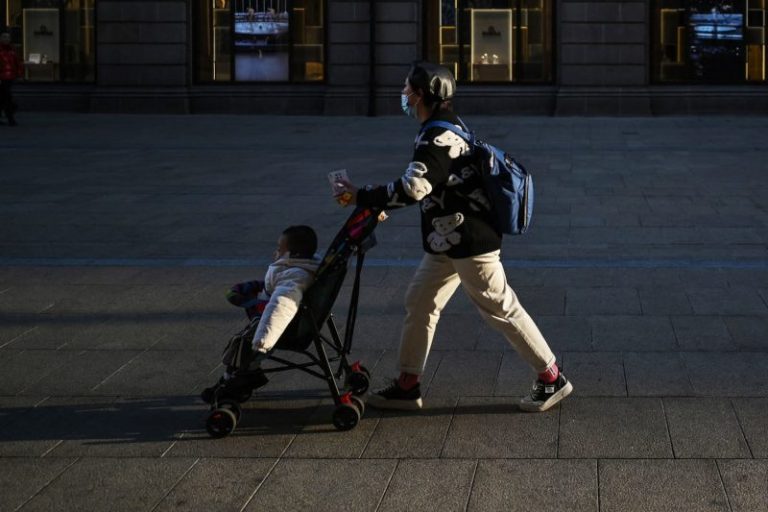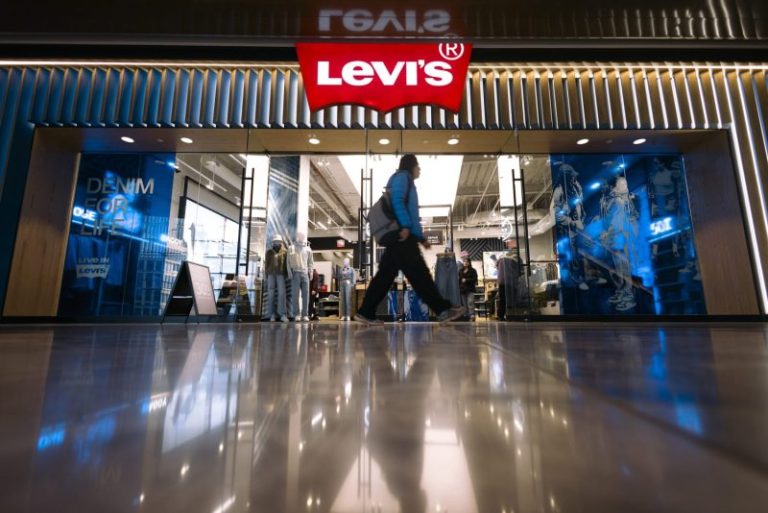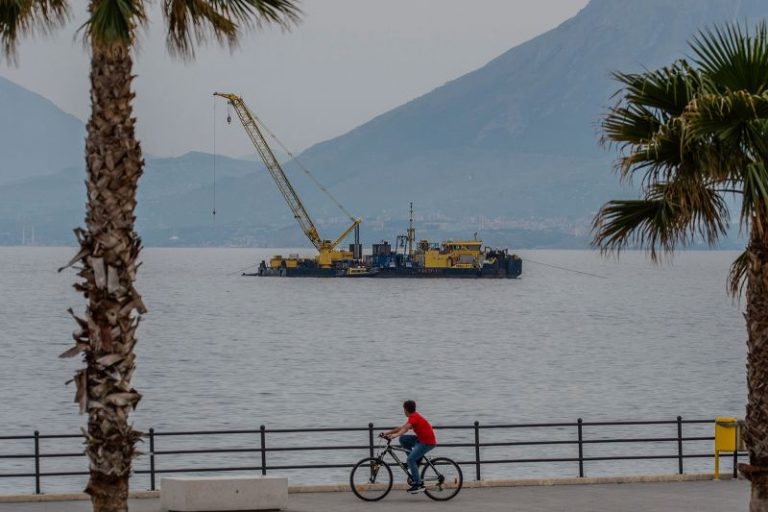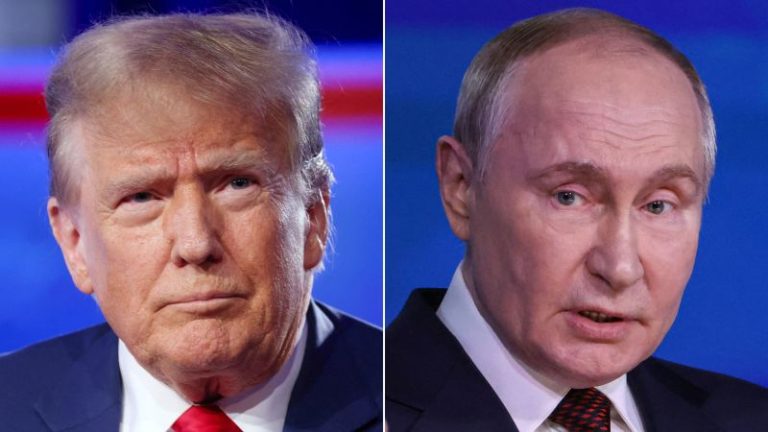We now know who won the contest to attend an intimate dinner with President Donald Trump by buying his cryptocurrency — and he’s a familiar face to Securities and Exchange Commission regulators and law enforcement officials.
Justin Sun, a Chinese-born crypto entrepreneur, confirmed in an X post Tuesday that he was behind the account, labeled ‘SUN,’ that purchased the most $TRUMP meme coin to sit at the president’s table at a crypto-focused gala scheduled for Thursday.
‘Honored to support @POTUS and grateful for the invitation from @GetTrumpMemes to attend President Trump’s Gala Dinner as his TOP fan!’ Sun wrote. ‘As the top holder of $TRUMP, I’m excited to connect with everyone, talk crypto, and discuss the future of our industry.’
He capped the post with an American flag emoji.
Critics have blasted the dinner contest as potentially unconstitutional and a blatant opportunity for corruption. Trump has not publicly commented on the accusations, and the Office of Government Ethics has declined to comment. A White House official did not immediately respond to a request for comment Tuesday.
The Trump administration is not directly involved in administering $TRUMP coin. As for the dinner, a White House official said in a statement that the president ‘is working to secure GOOD deals for the American people, not for himself.’
‘President Trump only acts in the best interests of the American public — which is why they overwhelmingly re-elected him to this office, despite years of lies and false accusations against him and his businesses from the fake news media,” White House spokesperson Anna Kelly said.
While Trump has not been as aggressive in directly promoting cryptocurrencies as some campaign backers in the industry had hoped, his administration has abandoned or paused many pending cases that had been brought against crypto entrepreneurs and businesses.
That includes Sun, who was charged in 2023 with market manipulation and offering unregistered securities. Regulators sought various injunctions against him that would have largely prevented him from participating in crypto in the U.S. The Verge, a tech industry website, had also reported Sun was the target of an FBI investigation.
But in February, the SEC, now controlled by Trump appointees, agreed to a 60-day pause of the suit in order to seek a resolution.
Two months earlier, Sun purchased $30 million in crypto tokens from World Liberty Financial (WLF), the crypto venture backed by Trump and his family, the website Popular Information reported.
Eventually, Sun became the largest publicly known investor in World Liberty after he brought his funding total to $75 million.
According to Bloomberg News, per the terms of World Liberty’s financial structure, 75% of the proceeds of token sales like Sun’s get sent to the Trump family as a fee — meaning they may have directly earned as much as $56 million.
On Jan. 22 — two days after Trump was inaugurated — Sun posted on X, “if I have made any money in cryptocurrency, all credit goes to President Trump.”
In April, The Wall Street Journal reported that Joe Biden’s Justice Department had been investigating Sun, noting that researchers had estimated that more than half of all illicit crypto activity took place on Sun’s Tron blockchain platform. The Journal said it wasn’t clear whether the investigation was ongoing. It said Sun’s representatives declined to comment about what they called “baseless allegations about legal matters” while denying Tron enables criminal activity.
Sun may now be a multibillionaire, with a net worth estimated at $8.5 billion, according to Forbes. He reportedly was forced to spend $2 billion to shore up one of his crypto firms that was facing collapse in 2022.
He did not immediately respond to a request for comment about what he hoped to get out of the dinner with the president.
Sun has also earned headlines for purchasing ‘Comedian,’ an art installation composed of a banana duct-taped to a wall, for $6.2 million, and for buying lunch with Warren Buffett for $4.57 million.

